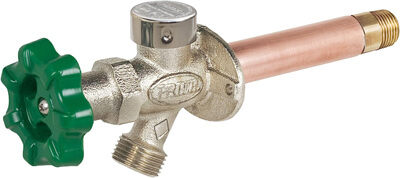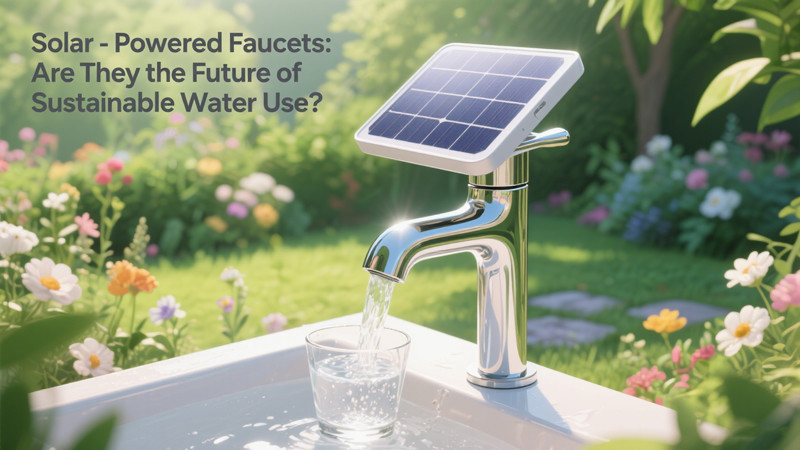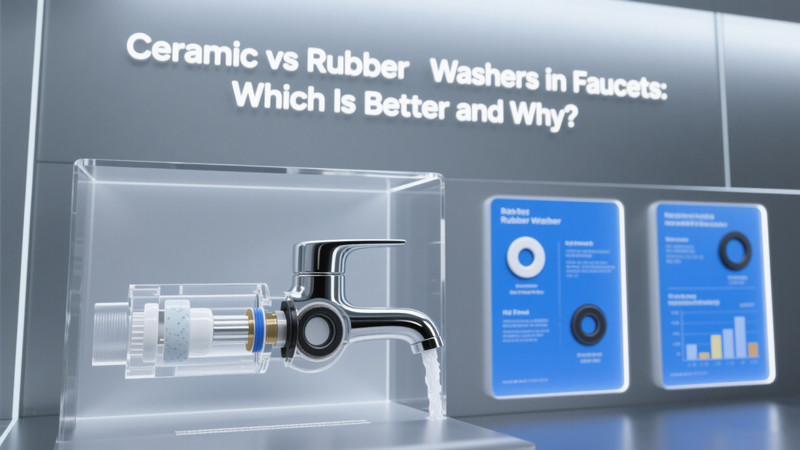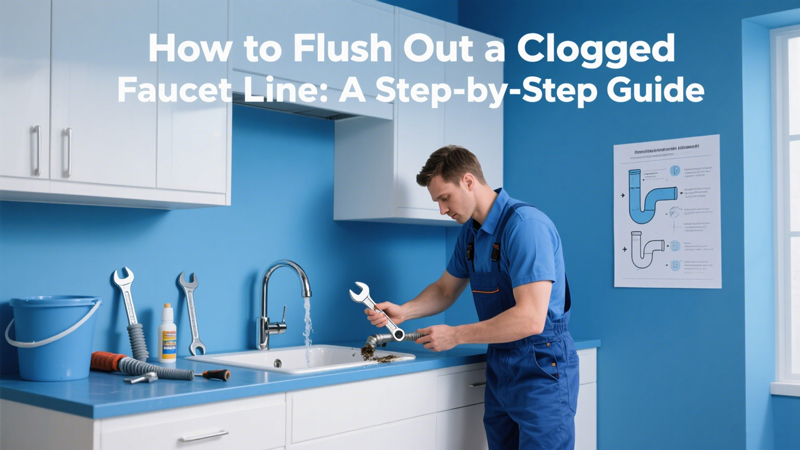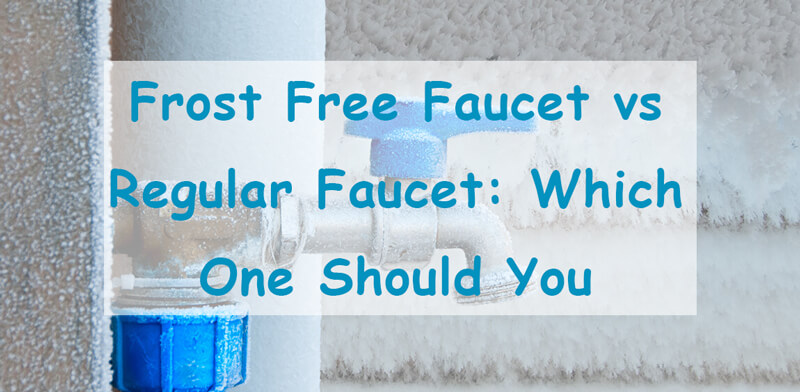
When it comes to outdoor faucets, there are two primary options to consider: frost-free faucets and regular faucets. These fixtures play a crucial role in providing water for various outdoor tasks, such as gardening, washing your car, or connecting a hose for various chores. Choosing the right type of faucet is essential to ensure the longevity of the fixture and prevent costly repairs. In this post, we will explore the key differences between frost free faucet vs regular faucet and help you decide which one is the best fit for your needs.
Understanding Frost Free Faucets
Frost-free faucets, also known as freeze-proof faucets or sillcocks, are specially designed to withstand cold temperatures and prevent freezing. They are commonly installed on the exterior of buildings and structures where the faucet is exposed to the elements. The primary design feature of frost free faucets is that they have a long valve stem that extends into the heated interior of a building, effectively protecting the water inside the faucet from freezing during cold winter months.
Advantages of Frost Free Faucets:
a. Freeze Protection: The most significant advantage of frost-free faucets is their ability to prevent freezing. By design, they ensure that water drains back into the heated area of your home, preventing ice buildup and potential damage.
b. Longevity: Frost-free faucets are typically more durable and have a longer lifespan compared to regular faucets. This is due to their protective design and high-quality materials.
c. Low Maintenance: Since they prevent freezing, frost-free faucets require minimal maintenance. You don’t need to shut off the water supply to the faucet during winter, as you would with a regular faucet.
d. Convenient Usage: Frost free faucets are user-friendly and ideal for areas where you require a constant water supply, such as in gardens or for washing your car.
Understanding Regular Faucets
Regular faucets, also known as standard faucets or hose bibs, are the traditional outdoor water fixtures that you may find on the exterior of older homes. Unlike frost-free faucets, they do not have the extended valve stem, meaning they are more susceptible to freezing when exposed to cold temperatures.
Advantages of Regular Faucets:
a. Simplicity: Regular faucets are straightforward in design and installation. They are a cost-effective option for providing water outdoors.
b. Versatility: These faucets are available in various styles and sizes, making them suitable for a wide range of outdoor applications.
c. Easy Replacement: If a regular faucet becomes damaged, it is relatively easy and cost-effective to replace compared to frost-free faucets.
d. Compatibility: Regular faucets can be connected to hoses, sprinklers, and other accessories with ease.
Frost Free Faucet vs Regular Faucet: Key Differences
- Freeze Protection: The most significant difference between frost-free and regular faucets is their freeze protection. Frost-free faucets are designed to prevent freezing, while regular faucets are vulnerable to freezing in cold weather.
- Installation Depth: Frost free faucets require a deeper installation into the wall or structure because of their extended valve stem, which reaches into the heated area. Regular faucets are installed closer to the surface.
- Maintenance: Frost-free faucets require minimal maintenance, while regular faucets often need the water supply to be turned off during winter to avoid freezing and potential damage.
- Cost: Frost-free faucets are typically more expensive than regular faucets due to their specialized design and freeze protection features.
Which Faucet Is Right for You?
Choosing between a frost free faucet and a regular faucet depends on your specific needs and local climate. Here are some considerations to help you make an informed decision:
- Climate: If you live in an area with harsh winters and freezing temperatures, a frost-free faucet is a wise choice to prevent costly repairs caused by frozen pipes. In milder climates, a regular faucet may suffice.
- Usage: Consider how you plan to use the faucet. If you need constant access to water throughout the year, a frost-free faucet is more convenient. For occasional use, a regular faucet may be sufficient.
- Budget: Frost-free faucets are more expensive, so take your budget into account when making your decision. Regular faucets are more cost-effective upfront.
- Installation: Installing a frost-free faucet requires more depth and may be challenging in some situations, so ensure that your plumbing system can accommodate it.
Conclusion
In the frost free faucet vs. regular faucet debate, the right choice depends on your climate, usage, budget, and installation possibilities. Frost-free faucets are designed for freeze protection and low maintenance, making them ideal for regions with cold winters. In contrast, regular faucets are budget-friendly and versatile, but they require more attention in freezing conditions. Ultimately, the choice should be based on your individual needs and circumstances. Whichever you choose, proper installation and maintenance are key to ensuring the longevity of your outdoor water fixture.
 WOWOW Faucets
WOWOW Faucets